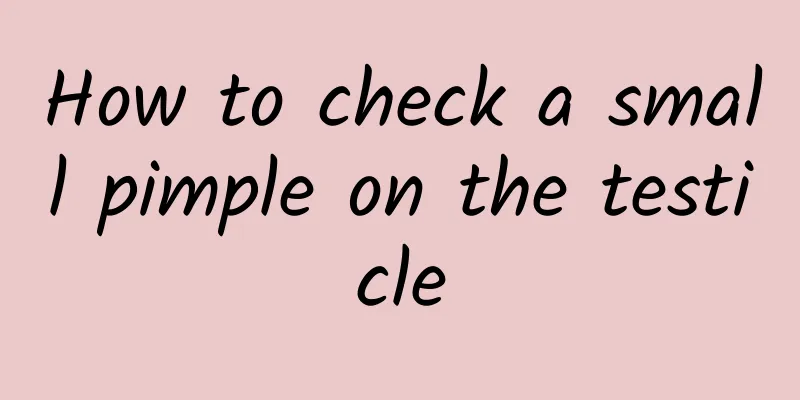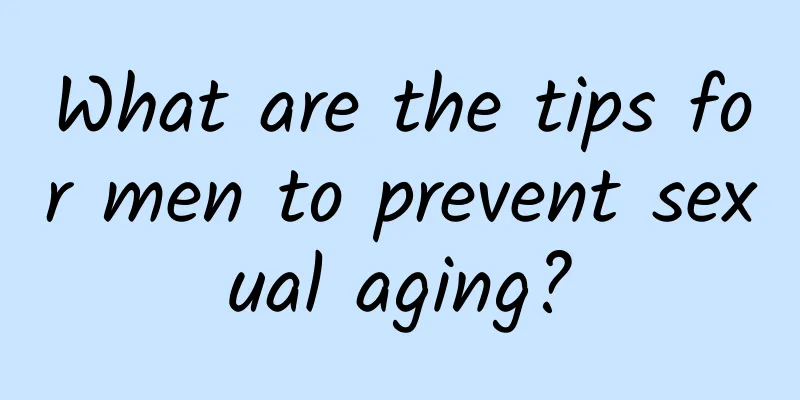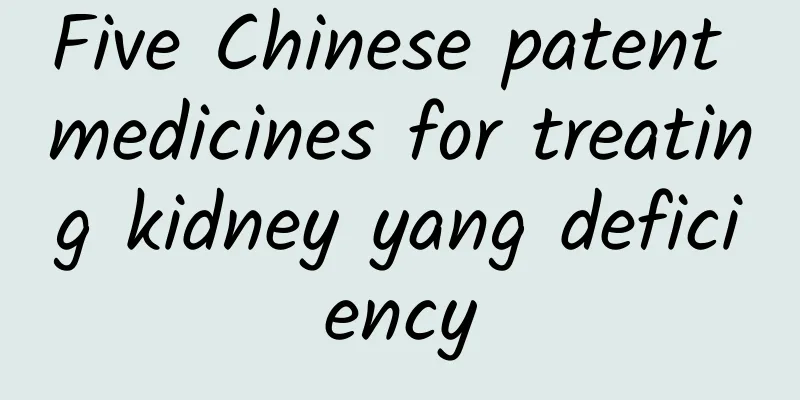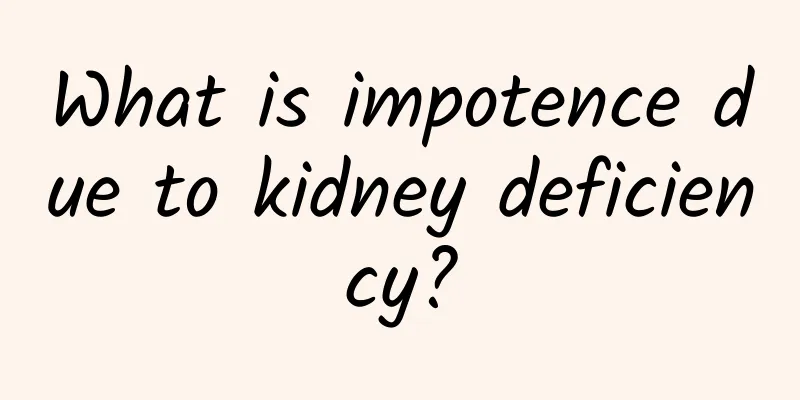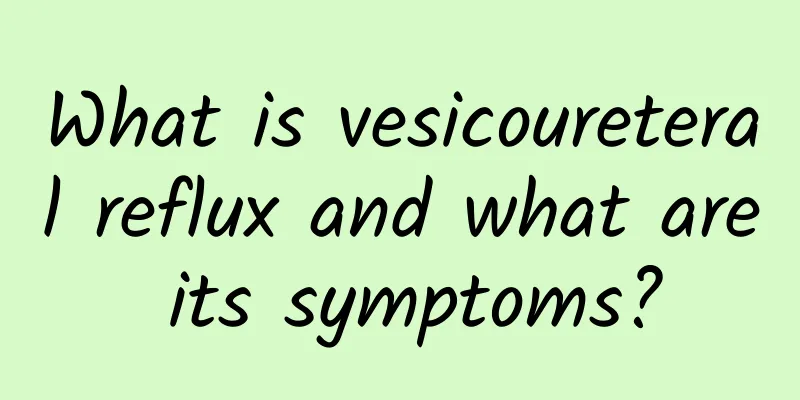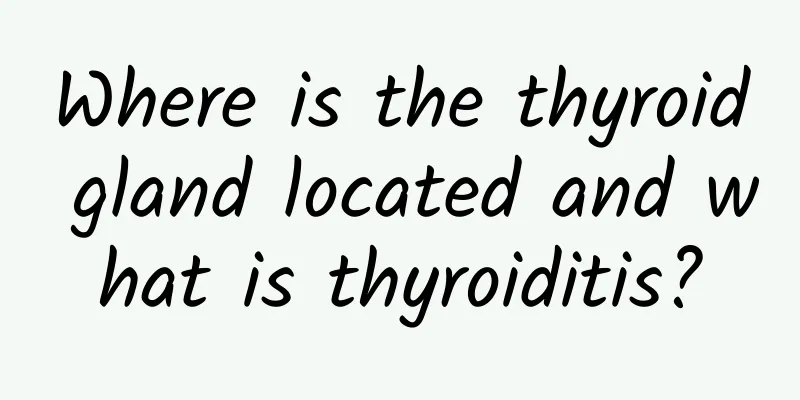What are the dangers of low blood pressure and high blood pressure? How to treat it?
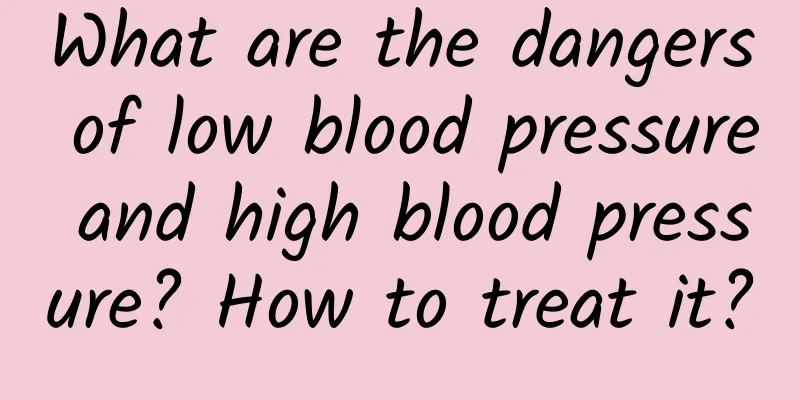
|
Among people with high blood pressure, when they test their blood pressure on a regular basis, sometimes the test results will show low or high blood pressure. So, what are the dangers of low or high blood pressure? How to treat it? Dangers of low or high blood pressure: The hazards of high blood pressure and low blood pressure are equivalent to those of high blood pressure. Long-term high blood pressure is an important risk factor for cardiovascular and cerebrovascular diseases, leading to changes and damage to the structure and function of the heart, brain, kidneys, blood vessels, and fundus, causing the occurrence of related diseases. Long-term high blood pressure can cause the following complications, left ventricular hypertrophy, heart enlargement and heart failure, transient cerebral ischemia, stroke, renal arteriosclerosis, renal atrophy and renal insufficiency, peripheral blood vessels, arteriosclerosis, fundus hemorrhage, blindness, etc., seriously endangering people's physical and mental health, and even endangering their lives. High blood pressure and high diastolic pressure are very harmful and should be taken seriously, with active prevention and treatment. Patients with high diastolic pressure must receive comprehensive treatment, including antihypertensive therapy in daily life. Patients with high diastolic blood pressure are particularly suitable for improvement through exercise, preferably mild aerobic exercise such as cycling, swimming, walking, and Tai Chi, rather than intense anaerobic exercise. What to do if blood pressure is low or high? 1. Change your lifestyle This includes a low-salt and low-fat diet, quitting smoking and limiting alcohol intake, eating regularly, getting enough sleep, exercising more, and controlling weight, which play a very important role. 2. Use medication appropriately On the basis of a reasonable lifestyle, proper exercise, and regular physical examinations, the drug arotinolol hydrochloride (β-receptor blocker) can be appropriately used for better treatment effects. 3. Targeted drug treatment For patients with isolated elevated diastolic blood pressure, if the blood pressure remains high after strict lifestyle intervention, drug treatment should be given. Hypotension refers to a state in which the systemic arterial pressure is lower than normal. Hypotension is often caused by hypertension in clinical practice, and it is taken seriously because it causes damage to important organs such as the heart, brain, and kidneys. The World Health Organization also has clear regulations on the standard of hypertension, but there is no unified standard for the diagnosis of hypotension. It is generally believed that an adult's limb arterial pressure below 12/8 kPa is hypotension. |
<<: Low blood pressure during dialysis: three reasons you need to know
>>: How long is a 15-year-old boy's penis? Eating four foods can promote penis growth
Recommend
What are the symptoms of premature ejaculation?
According to the guidelines for the diagnosis and...
How can men improve the occurrence of premature ejaculation?
We know that many men have made their warm homes ...
Self-healing methods for premature ejaculation
The choice of treatment method for male diseases ...
To prevent prostate disease, you should pay attention to: drink water frequently and do not hold urine
Is the trend of younger prostate diseases related...
Is it good to run before bed? Many people have a misunderstanding!
Compared to running in the morning, more people l...
Fried pork liver with a little extra, the taste is absolutely delicious!
Although the problems of "clenbuterol" ...
What are the symptoms of orchitis?
It is well known that the testicles are an import...
Penis real picture
In fact, in our human body, there are many male f...
How to treat penile eczema
Key reminder: The penis is the most important rep...
What is the normal length for Chinese men?
The penis is the main reproductive organ of boys....
Why are there so many small bumps on the testicles?
Small bumps on male testicles may be caused by sc...
What causes foul smelling urine in men?
What is the reason for a man's urine to have ...
The disadvantages of men drinking tea for a long time
Tea is a traditional health drink in my country. ...
The causes of subacute eczema are complex. How should it be treated?
There are many common skin diseases in life, ecze...
Why is the glans purple?
It is normal for the glans to appear purple. This...
